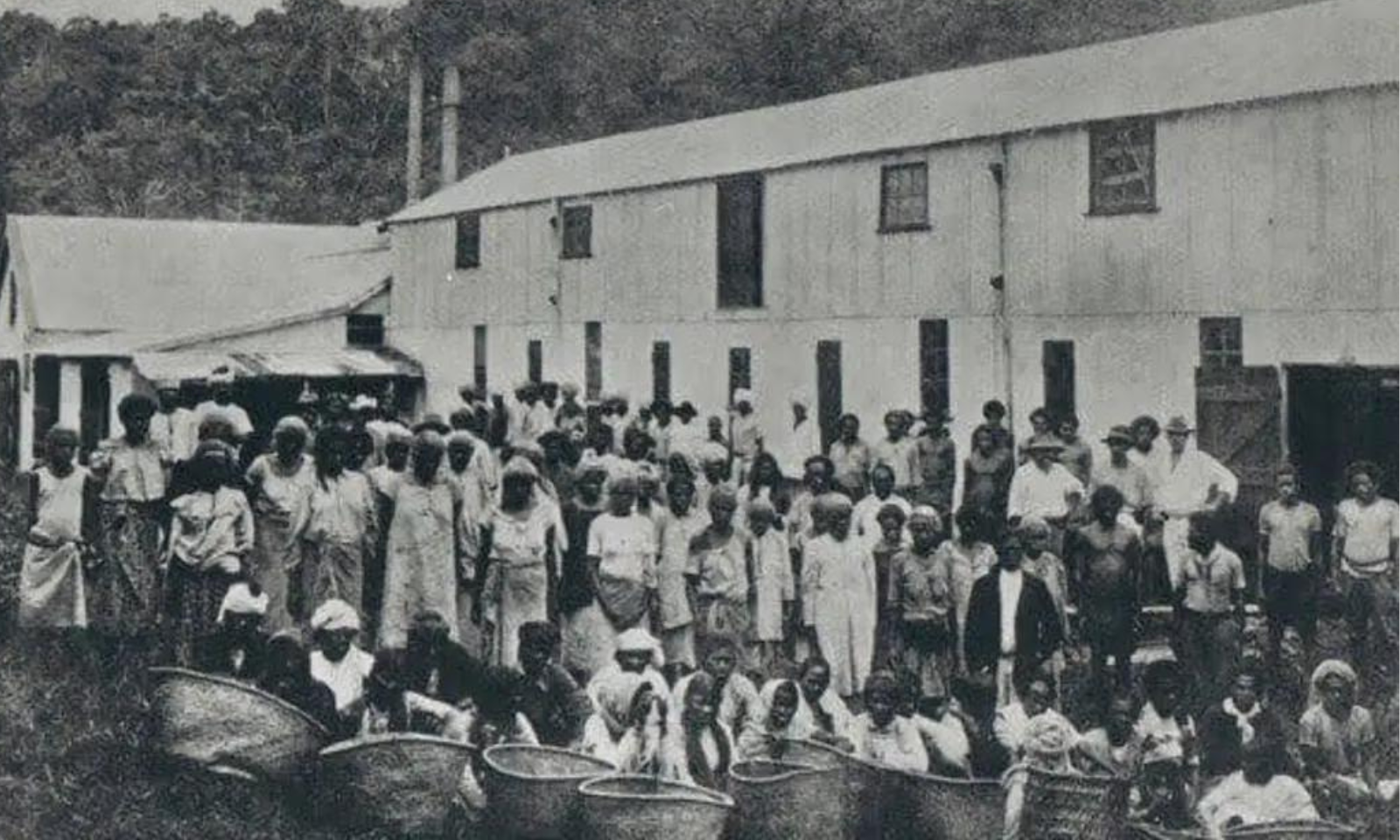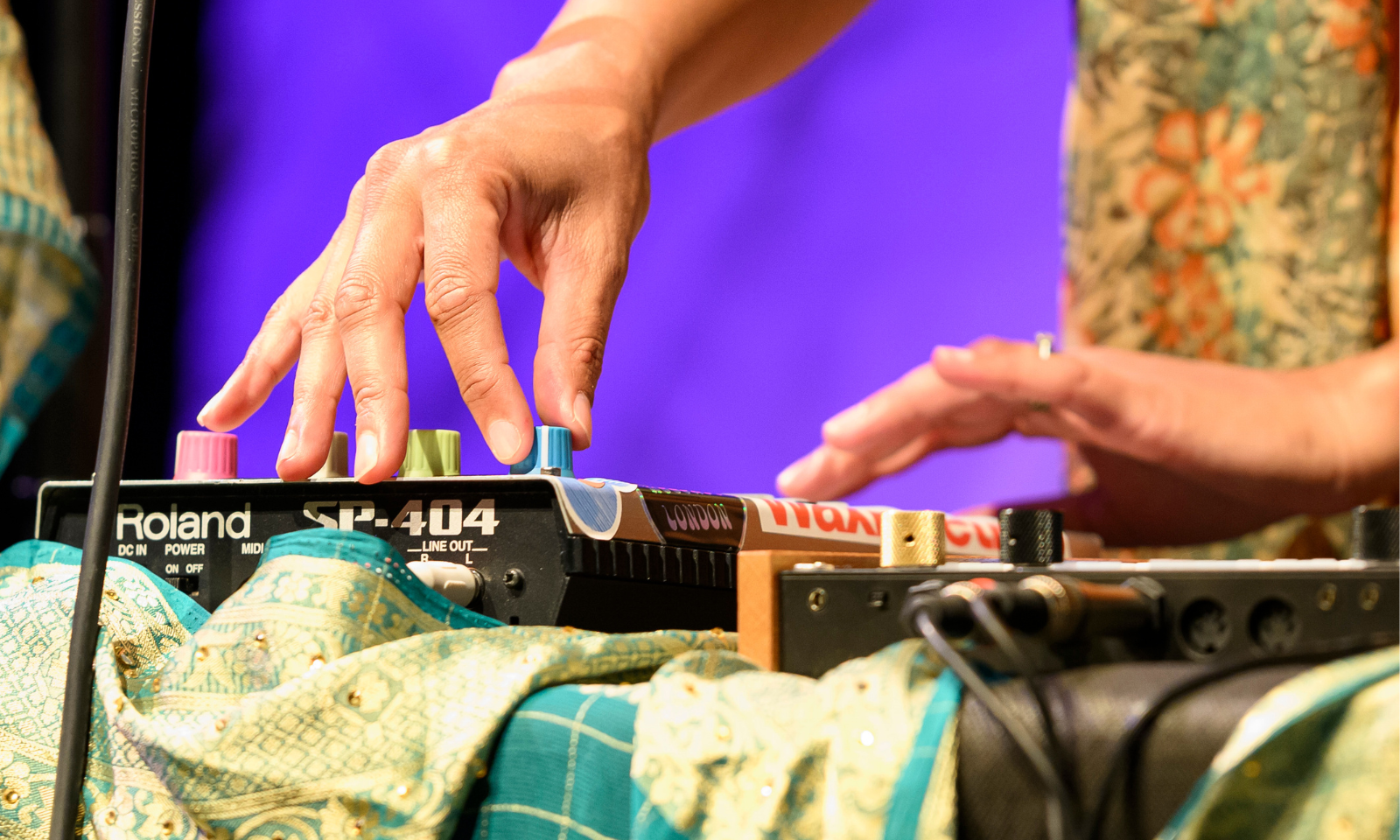

Artist Nadia Freeman
Photo/Supplied
The Girmit through electronic music and poetry
Artist Nadia Freeman retells the story of her ancestors through song, poetry, and electronic music.





Heading off on a roadie? Here’s how to keep your car and whānau safe





Heading off on a roadie? Here’s how to keep your car and whānau safe
Between 1879 and 1916, the British brought more than 60,000 Indian labourers - known as Girmityas - to work in the sugar cane plantations in Fiji.
The Girmit - an Indian pronunciation of the word agreement - was forged between the British colonial government and the indentured labourers.
By the time their work in the cane fields ended in 1920, some of the labourers had returned to India, but many stayed because they could not afford to return home.
They remained in Fiji and lost ties to friends and family in India.
But through electronic music and poetry, Indo-Fijian Kiwi artist Nadia Freeman has set out to tell these stories through her show, The Girmit.
Wellington-based Freeman told PMN News that she came up with the show after trying to learn more about her roots, deciding to tell her story.

Photo: Supplied/Fiji Girmit Foundation
“I was getting a curiosity into my family history, which was vague, so I asked my mom a few things and all she'd ever said was that her great-grandmother had come to Fiji to work on the sugar plantations.
“I'd heard my aunties refer to it as slavery. I thought that at the time, maybe that was a little bit harsh and not accurate.
“It didn't take me very long to find out that my aunties weren't inaccurate at all, the conditions in which they were recruited and signed up and working in were almost identical to slavery except for the fact that there was a specific period of time for the indenture where slavery was for a lifetime.”
Freeman calls her unique style of music “digital folk” because she's trying to convey the story in the only way she knows how as a self-taught artist.
“As a musician, I'm not trained in any specific type of instrument, I haven't had any musical theory taught to me.

Photo/Supplied
“I wanted to tell the story, but I had to do it in a way that I could only do it in my way. I actually like to call it digital folk, because when you look at the roots of folk music, it's about telling stories of the past and stories that we've carried down.”
The next generation has the privilege of talking about the Girmit Freeman says, adding that it's a legacy that can now be shared without shame.
“I think we as a generation have the privilege to talk about it because we're four steps removed from the pain of it.
“I think our parents' generation didn't know much and their parents didn't want to talk about it.
“That's the legacy that we're carrying, which is why I think there's so much happening about it now.

Photo/Supplied
“I think we're finally ready to sort of like reveal that part of our history without the shame of it.”
The Girmit led to Indians losing that connection to their family, culture, and identity, so now Indo-Fijians are trying to find a place to belong, Freeman says.
“I think our Fijian Indian people have been searching for identity and been told that we're not Fijian, told that we're not New Zealanders, and realising we're not quite Indian either. “
The Girmit show was developed through the 2023 APRA AMCOS Art Music grant and made for the Kia Mau Arts Festival in Wellington in 2023.
The next showing will be held at the Pitt Street Theatre in Auckland on 18-19 September.
Find more about The Girmit show here:
https://ourauckland.aucklandcouncil.govt.nz/events/2024/09/the-girmit/